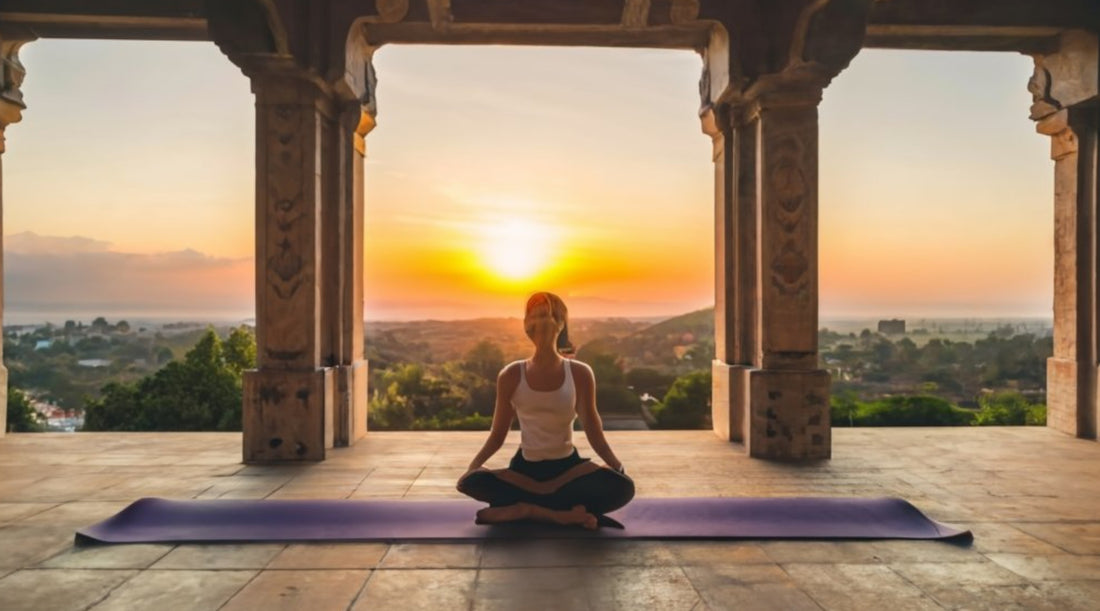The human breath is an intricate dance between life and consciousness, a rhythm that has been revered and harnessed for millennia through the ancient practice of pranayama. Rooted in the Vedic tradition of India, pranayama is a profound technique that taps into the essence of life force through breath control, offering a pathway to physical, mental, and spiritual well-being.
Understanding Pranayama: The Essence of Breath Mastery
The Meaning of Pranayama
Derived from Sanskrit, "prana" translates to life force or vital energy, while "ayama" means control or expansion. Together, pranayama signifies the regulation and extension of the breath, emphasizing the connection between breath, mind, and spirit.
The Core Principles
At its core, pranayama is not merely about inhaling and exhaling; it's a systematic practice involving various breathing techniques aimed at manipulating the flow of prana within the body. Through different patterns of breath – such as deep, rhythmic breathing, retention, or alternate nostril breathing – pranayama seeks to balance and direct this life force for holistic wellness.
Benefits of Pranayama
Physical Well-being
Pranayama fosters physical health by enhancing lung capacity, promoting better oxygenation, and improving circulation. This leads to increased vitality, improved digestion, and a strengthened immune system.
Mental Clarity and Emotional Balance
Beyond its physical benefits, the practice of pranayama profoundly influences mental clarity and emotional equilibrium. By regulating the breath, individuals can calm the mind, reduce stress, and enhance focus and concentration.
Spiritual Awakening
Pranayama serves as a gateway to spiritual exploration and awakening. By harmonizing the breath, practitioners can deepen their meditation practice, heighten self-awareness, and tap into higher states of consciousness.
Incorporating Pranayama into Daily Life
Guidelines for Practice
To experience the benefits of pranayama, consistency and guidance are key. Beginners should start with simple techniques under the supervision of an experienced instructor. As proficiency grows, practitioners can gradually explore more advanced practices.
Integration with Yoga and Meditation
Pranayama often accompanies yoga and meditation practices, complementing each other synergistically. Integrating pranayama into a daily routine alongside yoga asanas and meditation can amplify its transformative effects.
Closing Thoughts
Pranayama, an ancient breathing technique, transcends the limitations of time and culture, offering a timeless pathway to well-being. As modern science continues to unveil the profound effects of breath on our health and consciousness, the wisdom of pranayama stands as a testament to the inherent power within each breath. Embracing this ancient practice can lead not only to physical vitality but also to mental clarity and spiritual transcendence, guiding us towards a more balanced and harmonious existence.

